Colors are essential in interior design as they set the atmosphere, tone, and overall ambiance of a space. Understanding color theory is critical for building aesthetically pleasing and practical environments.
This blog explores the principles of color theory and its practical application in interior design, guiding professionals and enthusiasts worldwide in creating beautiful, harmonious places.
What is Color Theory?
Color theory is a set of principles that explains the link between colors and the physiological effects of different color combinations. It is used in interior design to create a cohesive and appealing look by combining colors in a harmonious way.
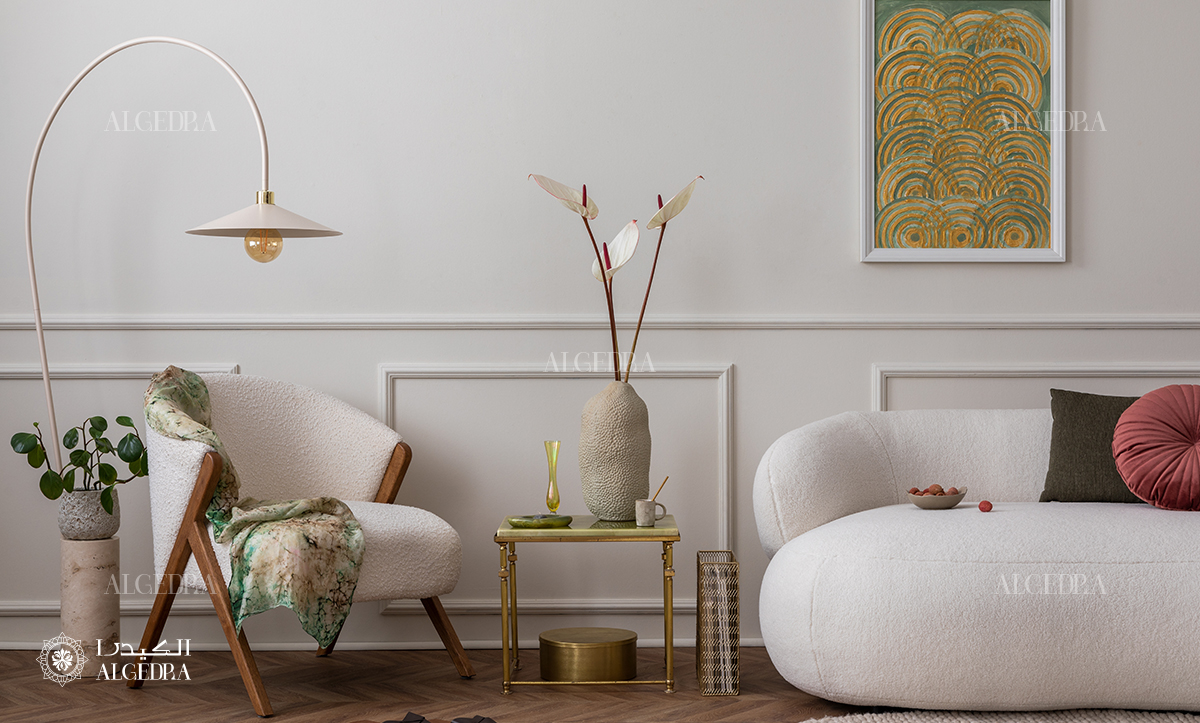
The Color Wheel
The color wheel is a crucial tool in color theory. It showcases the spectrum of colors and illustrates the relationships between them. The primary colors (red, blue, and yellow) are the basis for creating all other colors. By mixing these, we get secondary colors (green, orange, and purple) and tertiary colors, which are combinations of primary and secondary colors.
Understanding Color Psychology
Color psychology delves into how colors affect our mood and behavior. For instance, blue is often associated with calmness and serenity, making it a popular choice for bedrooms. Red, known for its energy and warmth, is a common choice for areas requiring vitality and enthusiasm, like living rooms.

Choosing the Right Color Scheme
There are several types of color schemes:
1- Monochromatic schemes use different tones of the same color, creating a soothing and cohesive look.
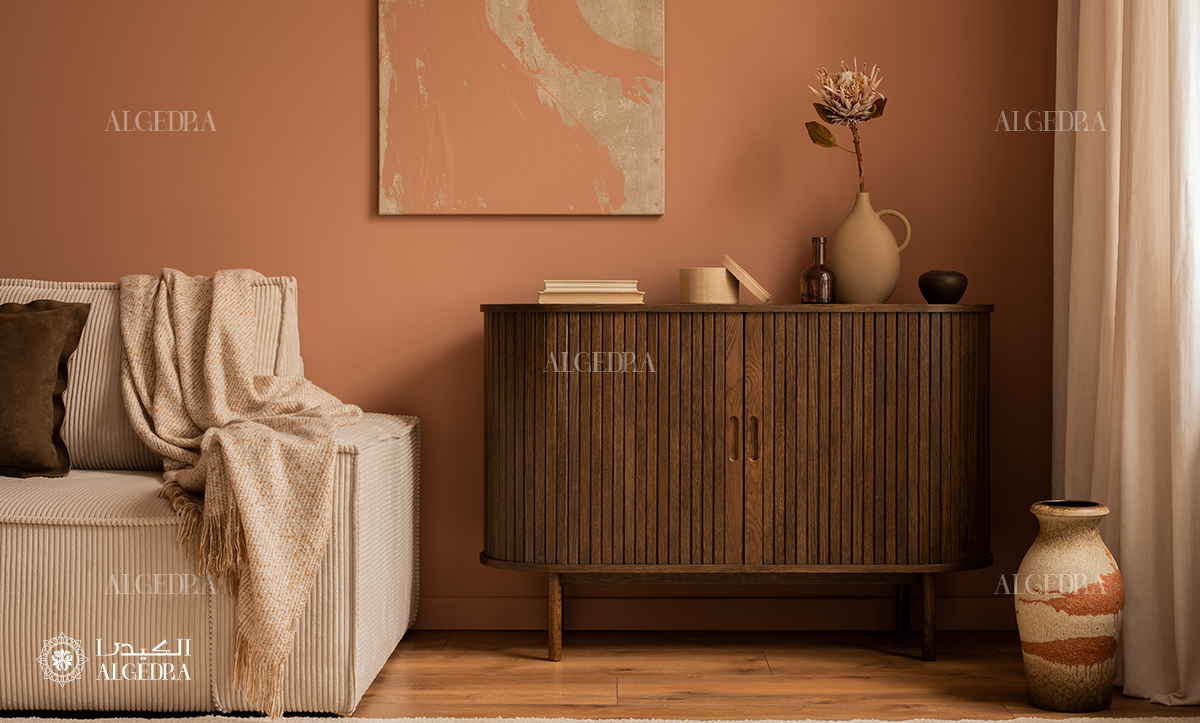
2- Analogous schemes involve colors that are next to each other on the color wheel, offering more diversity while maintaining harmony.
3- Complementary schemes use colors opposite each other on the color wheel, creating a vibrant, high-contrast look ideal for dynamic spaces.

4- Triadic schemes are formed by using three evenly spaced colors on the color wheel, balancing contrast and harmony.
Application in Rooms
The application of color theory in interior design goes beyond aesthetic appeal and focuses on creating the desired ambiance in a room. For example:
1- Living Rooms: A mix of warm and inviting colors like oranges or cool, calm colors like blues can create a welcoming atmosphere.
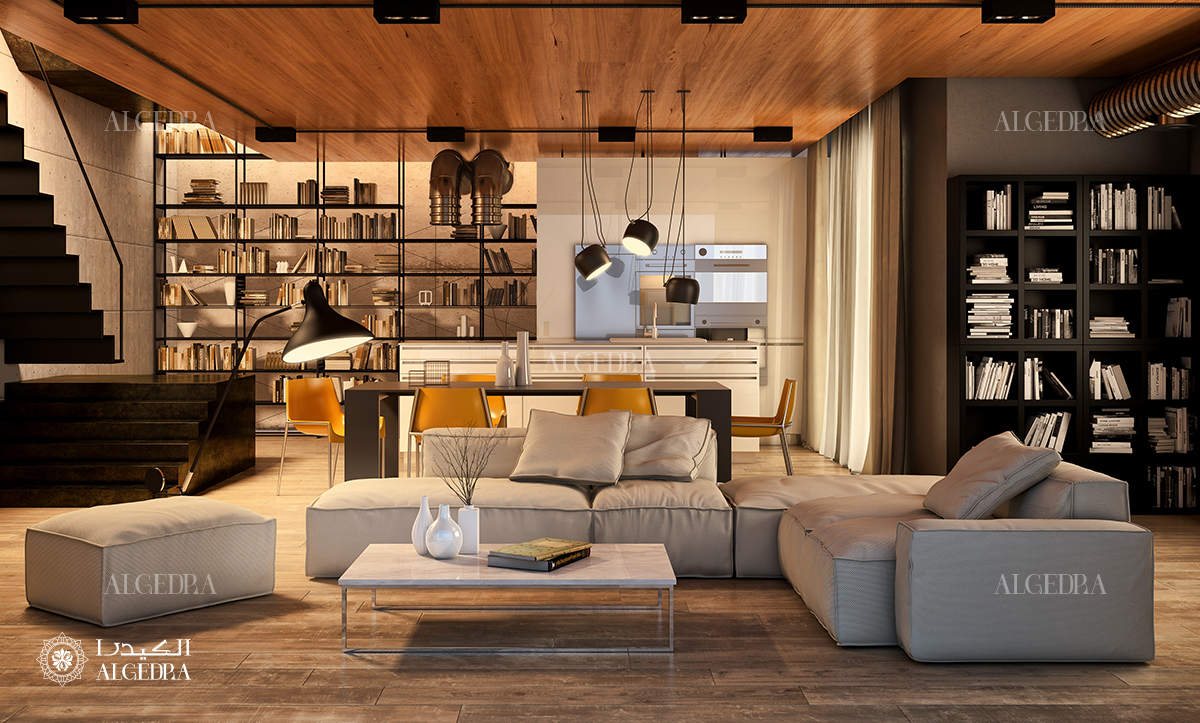
2- Bedrooms: Cooler, softer colors like pale blues or greens are often used to promote relaxation and rest.
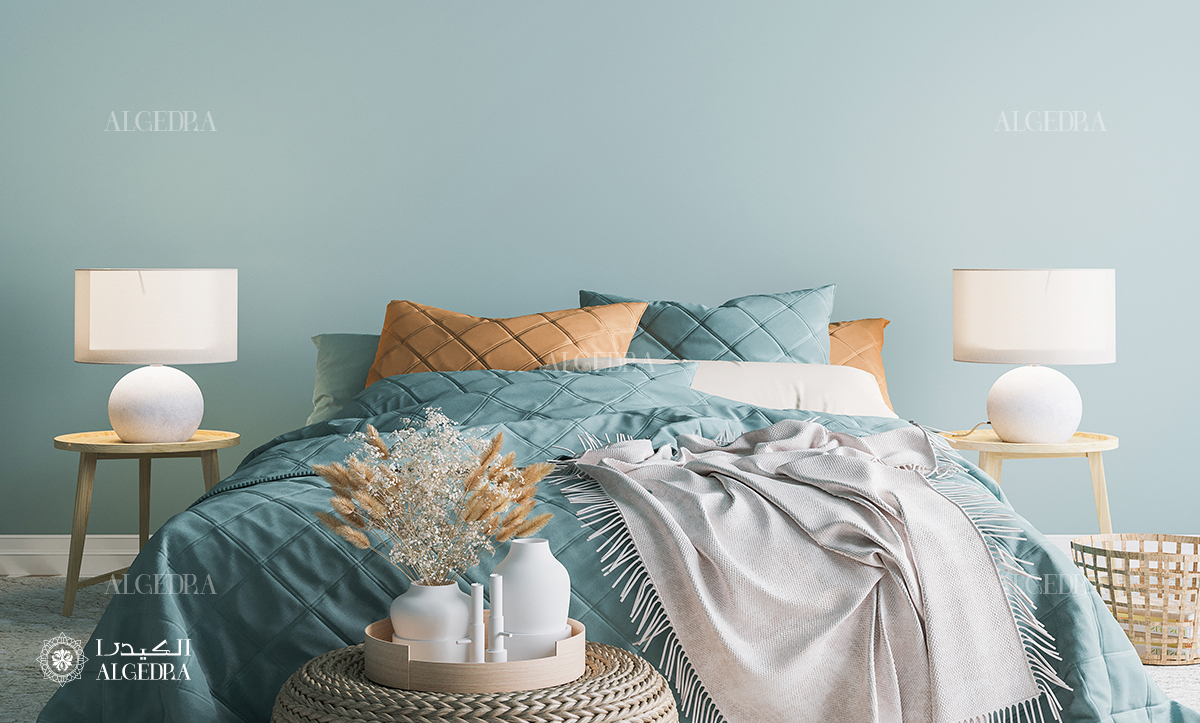
3- Kitchens: Warmer colors like reds and yellows can stimulate appetite and bring energy to the space.
Tips for Implementing Color Theory in Interior Design
1- Start with a Color Mood Board
Gather samples of fabrics, paint swatches, and pictures to see how colors interact with each other.
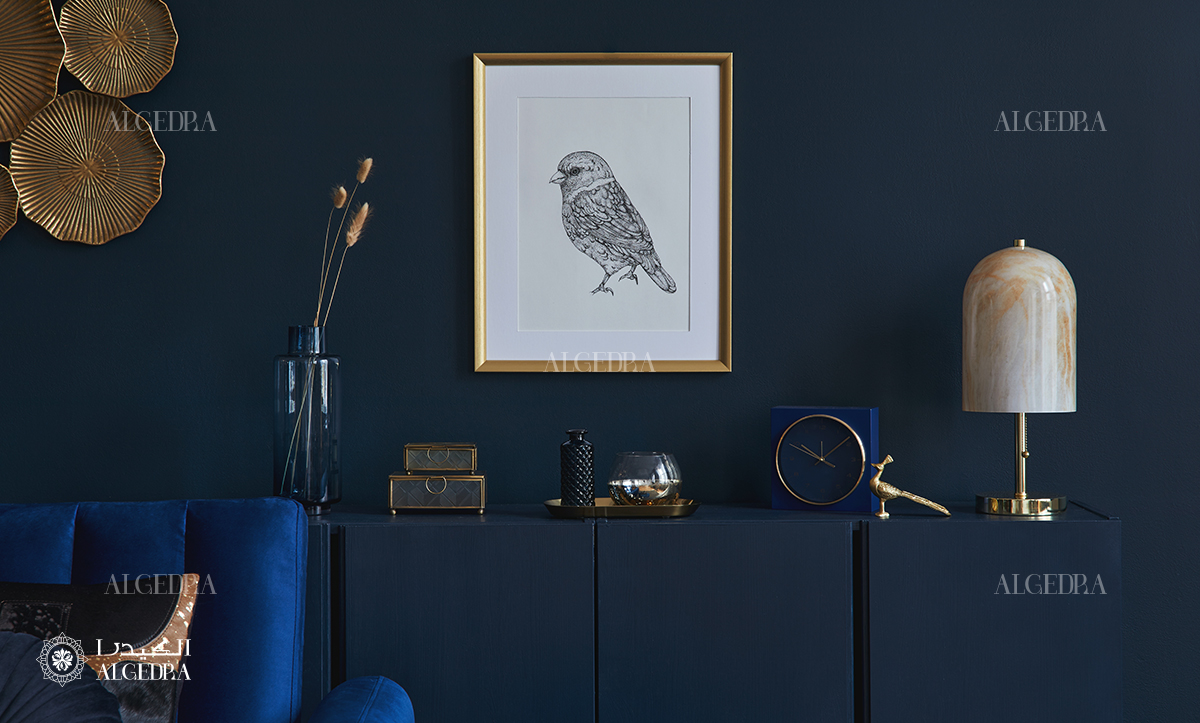
2- Consider Lighting
Natural and artificial lighting can significantly affect how a color looks in a space.

3- Balance Color with Neutral Shades
Neutral colors like whites, beiges, and grays help balance out more vibrant color schemes.

4- Experiment with Accents
Use accent colors in accessories like pillows, art, and decor items to add depth and character.
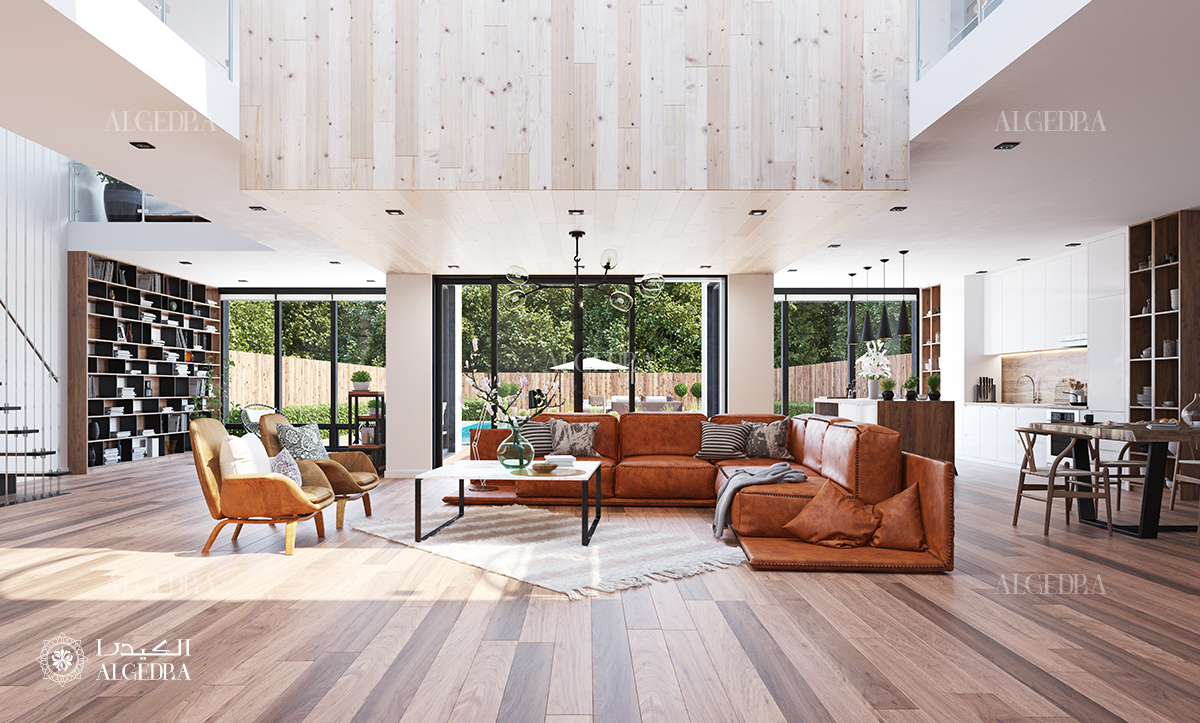
5- Don’t Forget Texture
Combining different textures can enhance the effect of your color scheme.
FAQ
Q: How important is lighting in choosing colors?
A: Lighting is crucial as it can alter the appearance of colors. Test your colors in both natural and artificial light to ensure they work well in all conditions.

Q: Can color theory be applied to small spaces?
A: Absolutely! Using lighter colors can make small spaces appear larger, while bold colors can create focal points in compact areas.
Contact Us
For more insights into interior design and color theory, contact us!